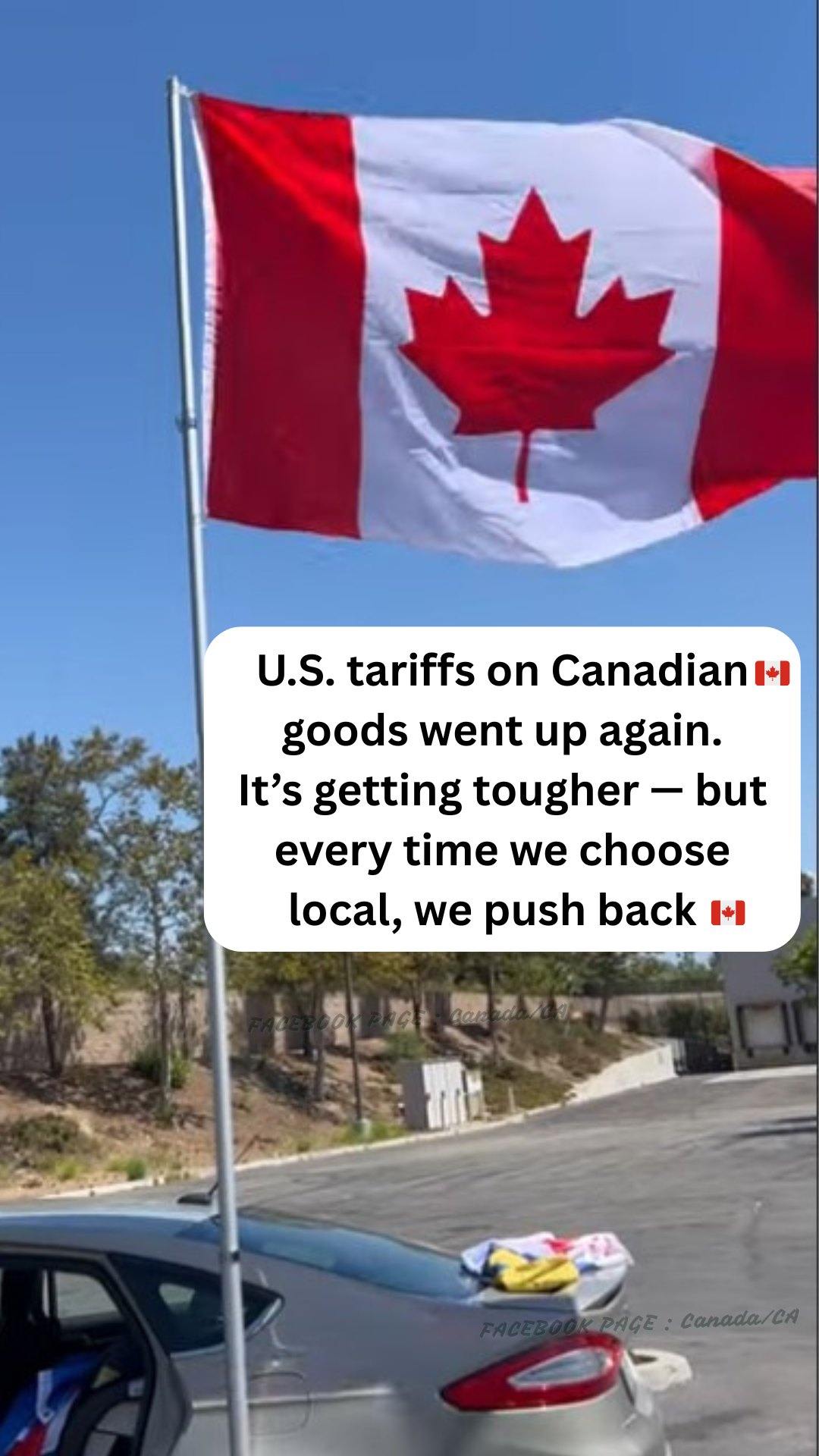Physical Address
304 North Cardinal St.
Dorchester Center, MA 02124
Physical Address
304 North Cardinal St.
Dorchester Center, MA 02124

August 2025 – The United States has once again increased tariffs on Canadian goods, adding new strain to cross-border trade and Canadian exporters. The hikes are hitting sectors such as steel, aluminum, automobiles, and agricultural products, making it harder for Canadian businesses to compete in the U.S. market.
While the move is seen as part of the ongoing Canada–U.S. trade tensions, experts say the ripple effects will be felt far beyond boardrooms — impacting local economies, small businesses, and even the prices consumers pay.
Under the latest policy changes:
For Canadian exporters, these measures mean reduced competitiveness in the U.S., thinner profit margins, and in some cases, the need to find alternative markets.
Every time Canadians buy local products — whether food, clothing, furniture, or machinery — they help shield their own economy from external trade shocks. Supporting local businesses:
Economists note that the latest tariff increases could drive Canadian consumers and industries to double down on local supply chains. “It’s a challenging time for exporters,” says trade analyst Marissa Lee. “But there’s also an opportunity here — a chance to strengthen domestic markets and reduce reliance on unpredictable trade partners.”
While tariffs are often used as leverage in trade negotiations, their effects can ripple far into everyday life. For Canadian shoppers, that might mean higher prices on U.S. imports but also greater motivation to discover and support local alternatives.
Bottom line: Every time we choose Canadian-made goods, we not only support local jobs but also push back — quietly but effectively — against policies that aim to weaken our economy.